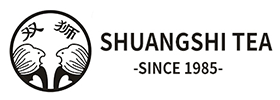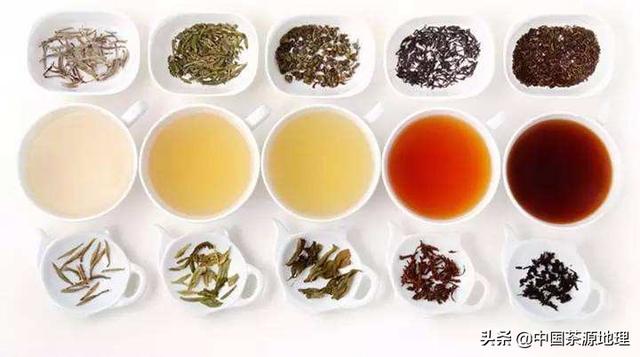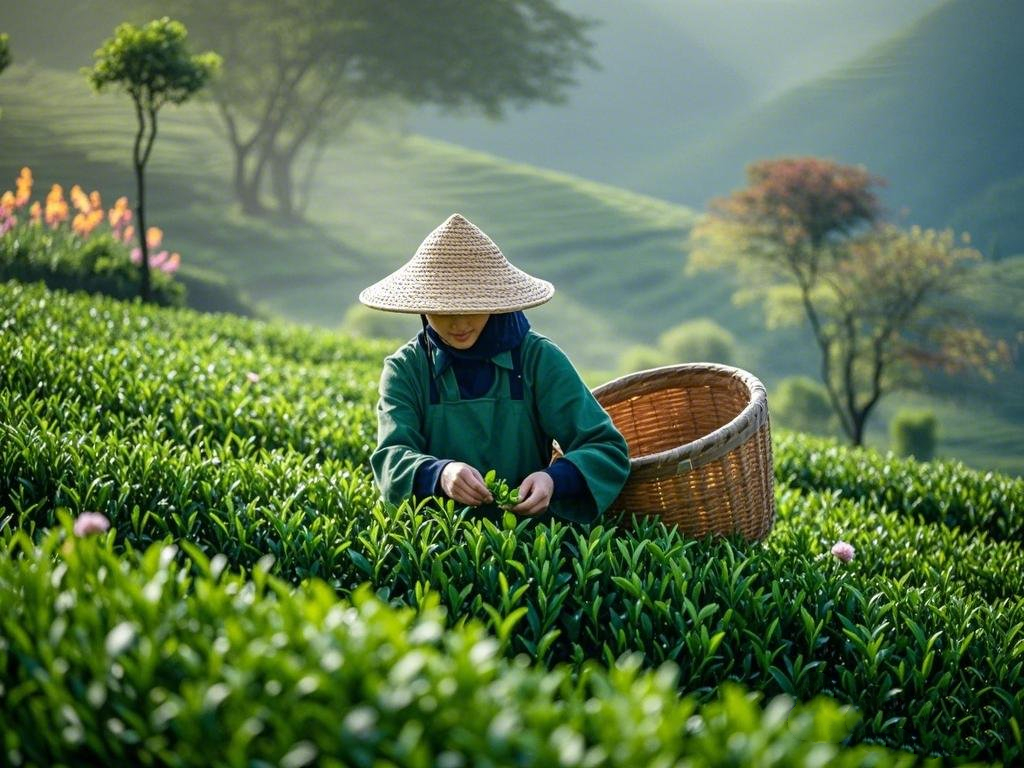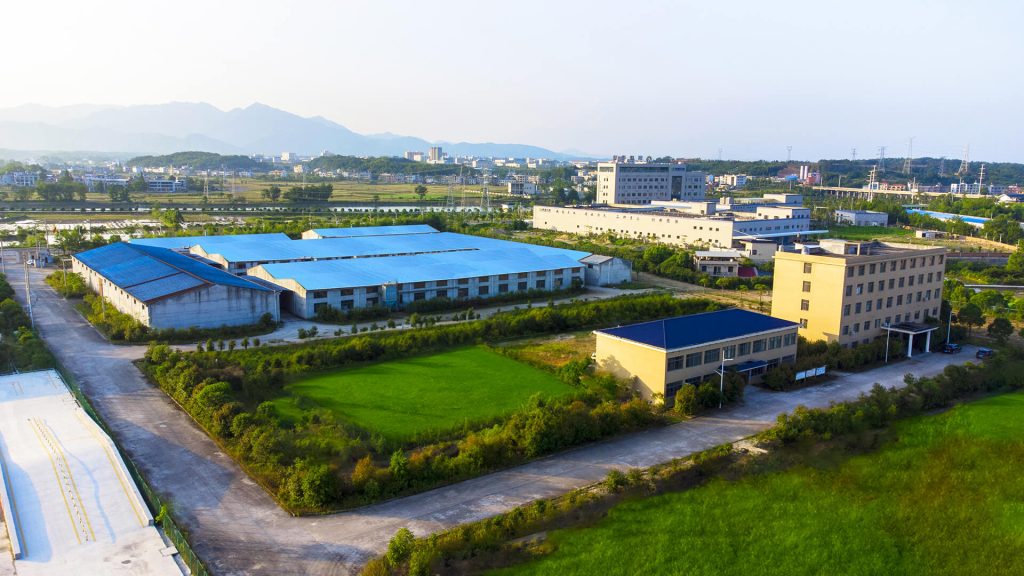China’s domestic tea raw materials and forecast the market trend in the second half of the year.
Since the outbreak of the Israeli-Palestinian conflict, geopolitical tensions have not only posed a threat to regional security, but have also had a profound impact on the global economy. Among them, the surge in maritime transportation costs has become an important factor constraining international trade. Especially in 2024, as the conflict continues to escalate, the instability of sea freight rates has further intensified, bringing unprecedented challenges to global trade. In this paper, we will look at how tea exporters are coping with this situation and predict the market trend in the second half of the year, in the context of China’s domestic tea raw materials.
I. The Palestinian-Israeli Conflict and the Surge in Maritime Transportation Costs
The continuation of the Palestinian-Israeli conflict has not only led to regional instability, but has also caused port transportation in the Middle East to be severely affected. As a result of vessel delays, port congestion, and increased security risks, maritime transportation costs have risen dramatically. This rise not only increases the cost of transportation of goods, but also reduces the efficiency of logistics, further affecting the balance of supply and demand in the global market. Against this background, exports of agricultural products such as tea have been particularly significantly affected.
II, China’s domestic tea raw materials
As one of the world’s largest tea producers, China’s supply of tea raw materials is directly related to the stability of the global tea market. However, in recent years, affected by multiple factors such as weather changes, rising labor costs and domestic policy adjustments, China’s tea production costs have been increasing. At the same time, the quality of tea has also been affected to a certain extent, the supply of high-quality raw materials is relatively reduced, which undoubtedly increases the difficulty of tea exports.
III, the coping strategies of tea exporters
In the face of soaring shipping costs and the complex situation of domestic tea raw materials, Chinese tea exporters need to take active countermeasures:
1.Optimize supply chain management: Tea exporters should strengthen cooperation with suppliers to ensure stable supply and high quality of raw materials. Reduce purchasing costs and improve supply chain transparency by signing long-term cooperation agreements or establishing joint purchasing platforms.
2.Enhance product quality: In the fierce market competition, product quality is a key factor in determining export competitiveness. Tea enterprises should strengthen the R&D and innovation of production process to enhance the quality and taste of tea to meet the demands of the international market.
3.Diversified Market Expansion: Facing the complex and changing international market environment, tea exporters should actively explore new markets and customer groups. By participating in international exhibitions and carrying out cultural exchange activities, they can increase brand awareness and broaden sales channels.
4.Strengthen risk management: In view of the risks and cost fluctuations of sea transportation, tea exporters should establish a perfect risk management mechanism. By purchasing insurance, reasonable arrangement of transportation time and other ways to avoid potential risks in the process of sea transport, while paying close attention to market dynamics, timely adjustment of export strategy.
Fourth, the second half of the projected.
IV:Looking ahead to the next few months, taking into account the influence of many factors at home and abroad, it is expected that China’s tea exports will face the following trends:
1.The fluctuation of sea freight will continue: with the continuation of the Palestinian-Israeli conflict and the increase of uncertainty in global trade, the sea freight will remain at a high level for some time. Tea exporters need to pay close attention to market dynamics and flexibly adjust transportation plans and cost control strategies.
2.Tightening of domestic tea raw material supply: Influenced by multiple factors such as weather and policies, the supply of domestic tea raw materials may continue to tighten for some time to come. This will bring certain pressure to tea production and export, prompting enterprises to pay more attention to improve product value-added and market competitiveness.
3.Changes in export market demand: With the recovery of the global economy and the diversification of consumer demand, tea export market demand will show new changes. Tea enterprises should actively adapt to market changes and develop new varieties and flavors that meet the needs of different countries and regions to enhance market competitiveness.
The impact of the Palestinian-Israeli conflict on global trade cannot be ignored. For Chinese tea exporters, they have to cope with the complex situation of domestic tea raw materials as well as the changing environment of the international market. By optimizing supply chain management, upgrading product quality, diversifying market expansion and strengthening risk management, tea exporters can better cope with the current challenges and occupy a favorable position in the highly competitive international market.








